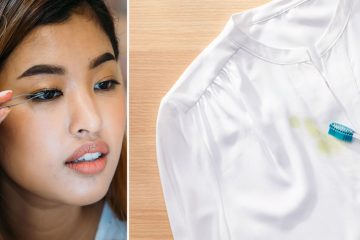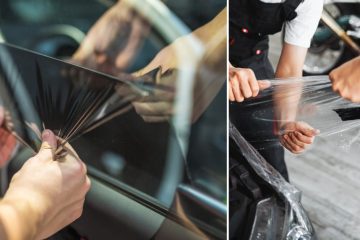When crafting with felt, selecting a suitable adhesive is crucial for ensuring your projects are durable and visually appealing. In this comprehensive guide, we’ll explore what is the best glue for felt and its pros and cons, as well as provide expert tips to help you achieve the best results in your felt crafting endeavors.
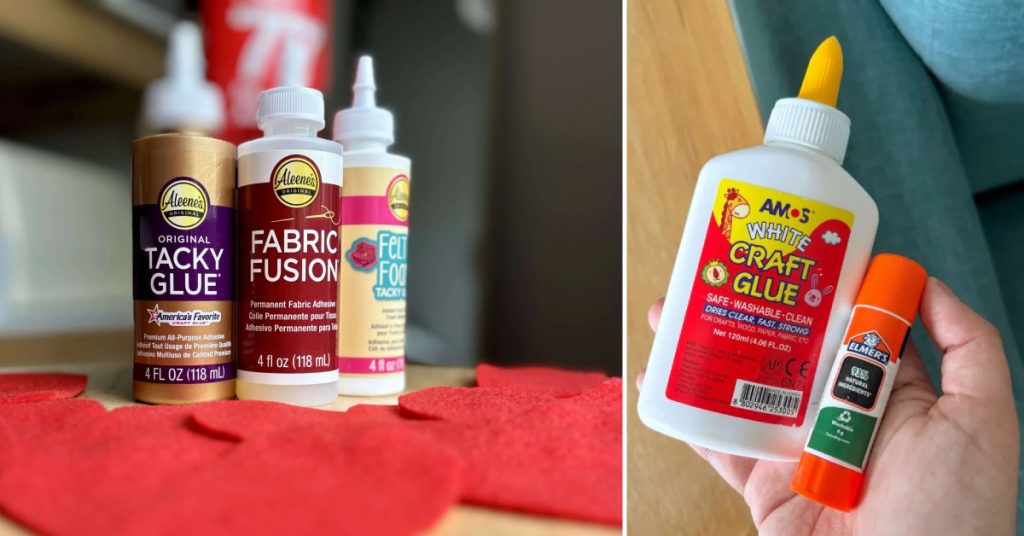
Key Takeaways:
- Tacky glue, hot glue, fabric glue, and permanent adhesives are top choices for felt
- Consider felt type, project needs, and safety when selecting glue
- Proper application techniques are crucial for optimal results
Understanding Felt and Adhesive Compatibility
Before delving into specific glue types, it’s essential to understand the nature of felt and how it interacts with adhesives. Felt is a non-woven fabric made from compressed wool or synthetic fibers. Its porous structure affects how well different adhesives bond to it.
Top 4 Glue Choices for Felt Projects
1. Tacky Glue
Tacky glue is popular among felt crafters due to its versatility and ease of use.
Pros:
- Kid-friendly and non-toxic
- Dries clear
- Remains flexible when dry
- Affordable and widely available
Cons:
- Longer drying time compared to other options
- It may not be as strong for heavy-duty projects
Best for: General felt crafts, especially those involving children or requiring flexibility.
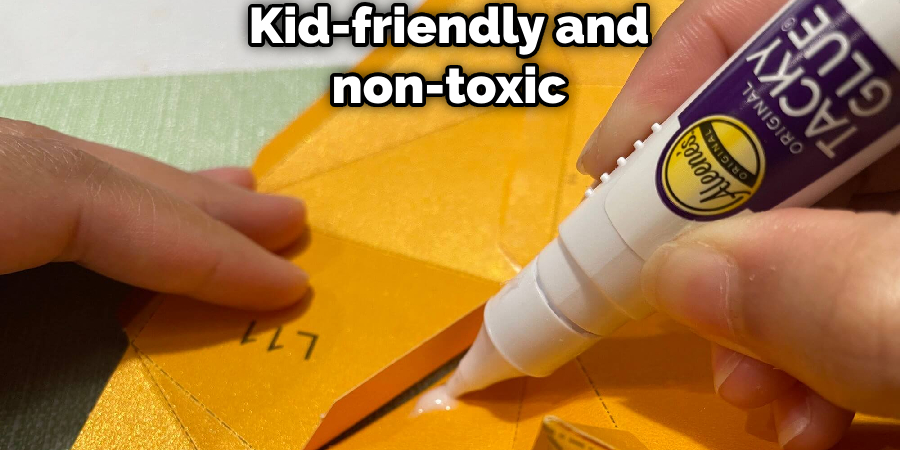
2. Hot Glue
Many crafters favor hot glue for its quick-drying properties and strong bond.
Pros:
- Rapid drying time
- Stronghold
- Versatile for various crafting materials
Cons:
- Not suitable for children to use
- It can be too hot for some synthetic felts
- May leave visible glue lines
Best for: Quick assembly of felt projects, especially 3D structures or when attaching embellishments.
3. Fabric Glue
Specifically designed for textiles, fabric glue is an excellent choice for felt projects.
Pros:
- A strong bond with fabric fibers
- Often washable
- Dries clear and flexible
Cons:
- It can be more expensive than other options
- It may have a strong odor
Best for: Felt-to-fabric applications or projects that may need washing.
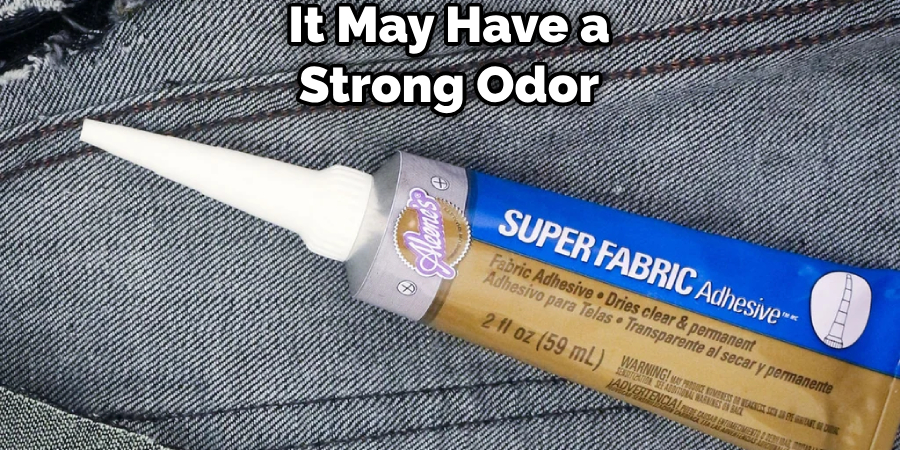
4. Permanent Adhesives (e.g., E6000, Super Glue)
These industrial-strength adhesives provide a powerful bond.
Pros:
- Firm hold
- Waterproof when dry
- Versatile for various materials
Cons:
- Strong fumes (require ventilation)
- Not kid-friendly
- It can make felt stiff when applied
Best for Heavy-duty felt projects or attaching non-fabric elements to felt.
Application Techniques for Optimal Results
- Clean surfaces: Ensure the felt and the surface you adhere to are clean and dry.
- Use sparingly: Apply glue in thin layers to prevent soaking through the felt.
- Allow proper drying time: Follow the manufacturer’s instructions for drying times.
- Test first: Always test the glue on a small, inconspicuous area before applying it to your project.

Considerations for Different Felt Types
- Wool Felt is generally more durable and can withstand heat from hot glue.
- Synthetic Felt: More heat-sensitive; use low-temperature hot glue or alternative adhesives.
- Stiffened Felt: It may require stronger adhesives due to its less porous nature.
Alternative Attachment Methods
While glue is often the go-to choice, consider these alternatives for specific projects:
- Sewing: Provides a strong, long-lasting bond and can add decorative elements.
- Needle Felting: Fuses felt pieces together using barbed needles.
- Fusible Interfacing: Heat-activated adhesive sheets for larger areas.
Expert Tips for Successful Felt Gluing
- Edge Sealing: For frayed edges, use a small amount of fabric glue to seal them before attaching.
- Layering: When gluing multiple layers, start from the bottom and work your way up, allowing each layer to dry.
- Pressure Application: Use clothespins or binder clips to hold pieces together while the glue dries.
- Temperature Considerations: Some glues may take longer to set in cold environments. To speed up the process, consider using a hairdryer on low heat.
- Glue Dispensing: For precise application, use a toothpick or fine-tipped applicator.
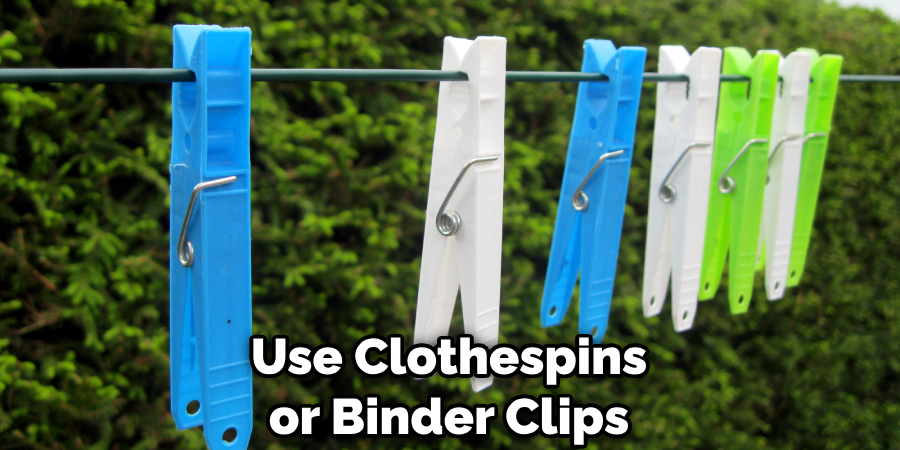
FAQs About What is the Best Glue for Felt
How to Join Two Pieces of Felt Together?
To join felt pieces, you have several options: sew them together using a needle and thread (or a sewing machine), use fabric glue or hot glue for a quick no-sew solution, apply fusible interfacing and iron the pieces together, or try needle felting for a seamless join. Choose the method based on your project’s needs and your skill level.
How Do You Glue Felt Fabric Together?
Choose a fabric or felt glue for best results to glue felt fabric. Apply a thin, even layer of glue to one piece of felt, then press the second piece firmly onto it. Hold for a few seconds and allow to dry according to the glue manufacturer’s instructions. Hot glue can be used for quick fixes, but fabric glue may need to be more durable.
Is Gorilla Glue Good for Felt?
Gorilla Glue is unsuitable for felt projects due to potential skin irritation and less effective bonding. Adhesives like Fabri-tac, Aleene’s Original Tacky Glue, Aleene’s Fabric Fusion, and hot glue guns are recommended for better results.
Conclusion
Choosing the suitable glue for your felt projects depends on various factors, including the project type, felt material, and desired outcome. By understanding the properties of different adhesives and following proper application techniques, you can ensure your felt crafts are both beautiful and long-lasting.
Remember always to prioritize safety, especially when working with children, and enjoy the creative process of bringing your felt projects to life!
